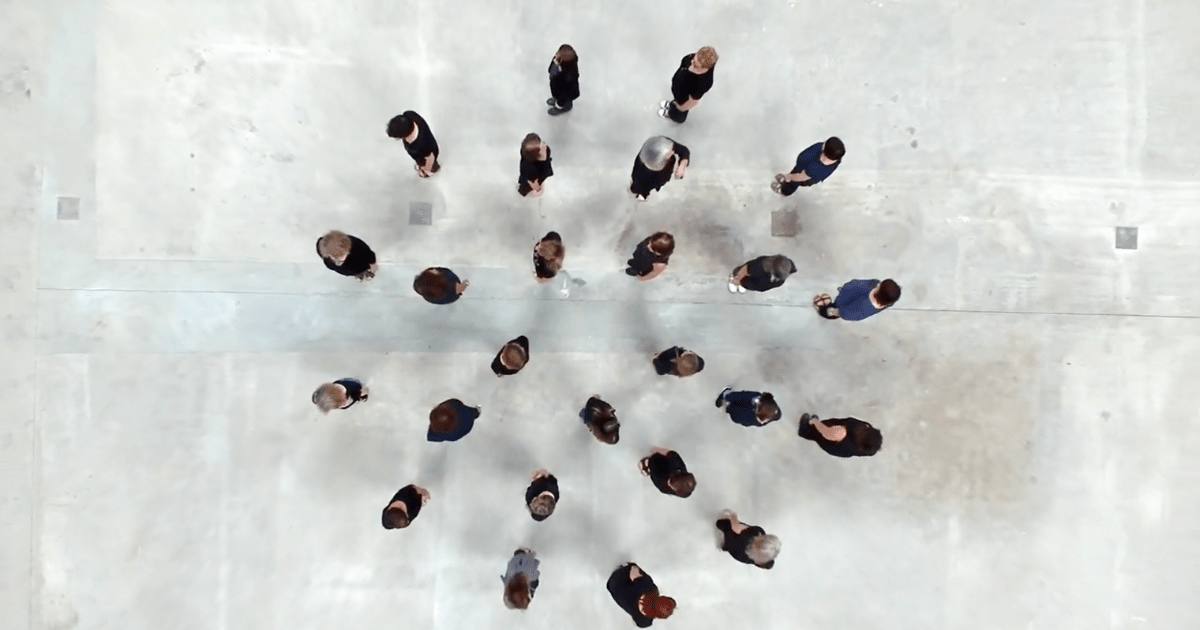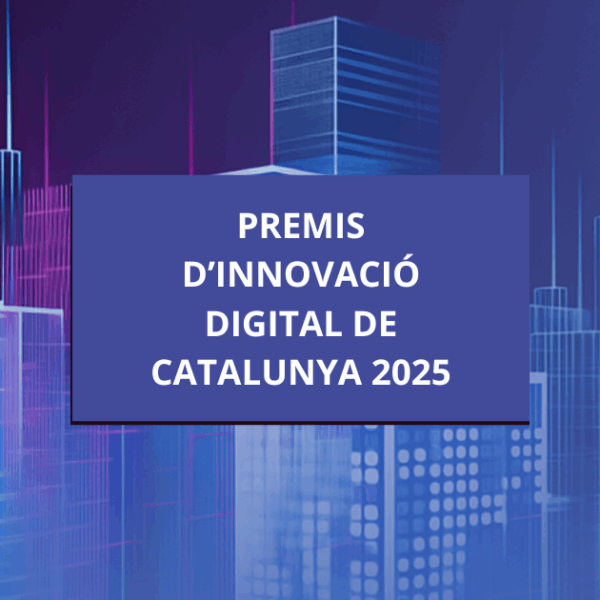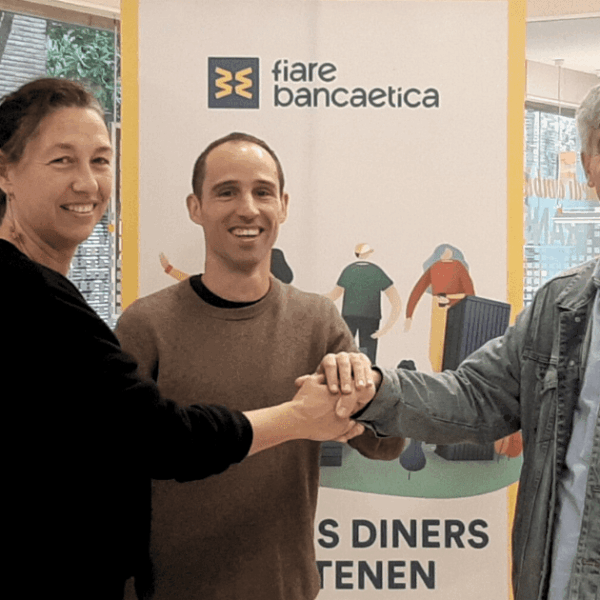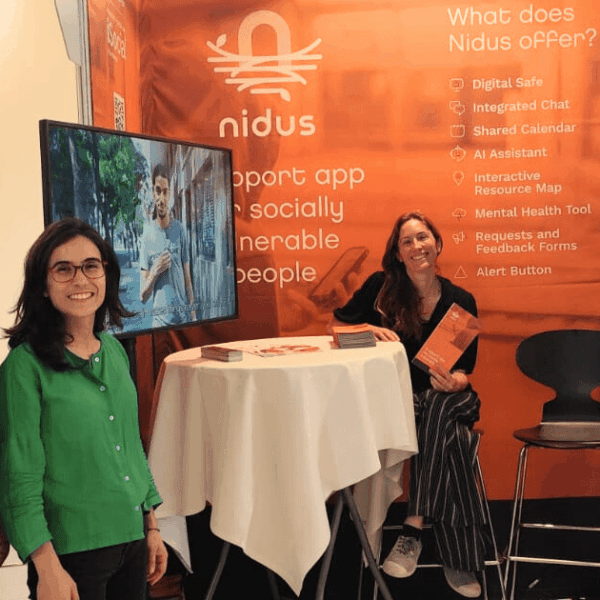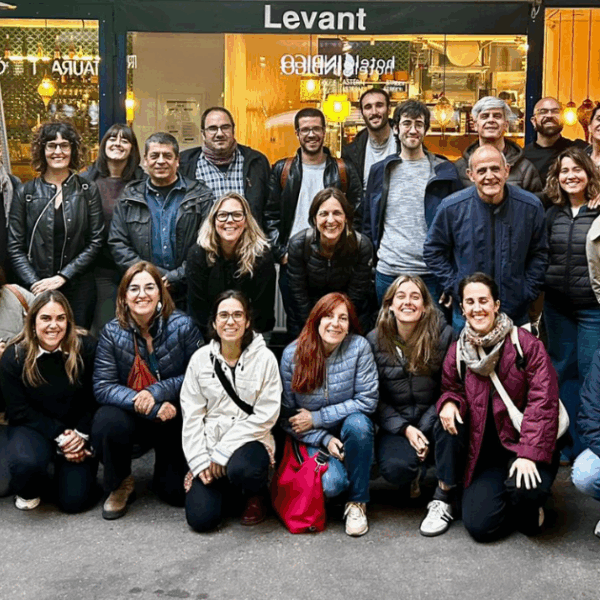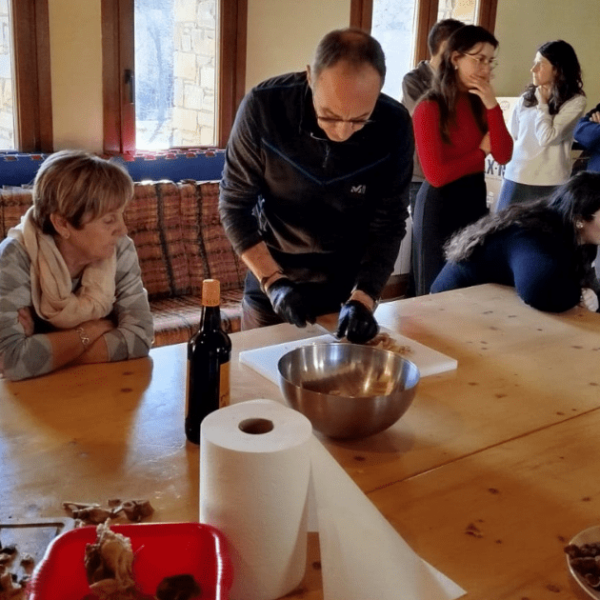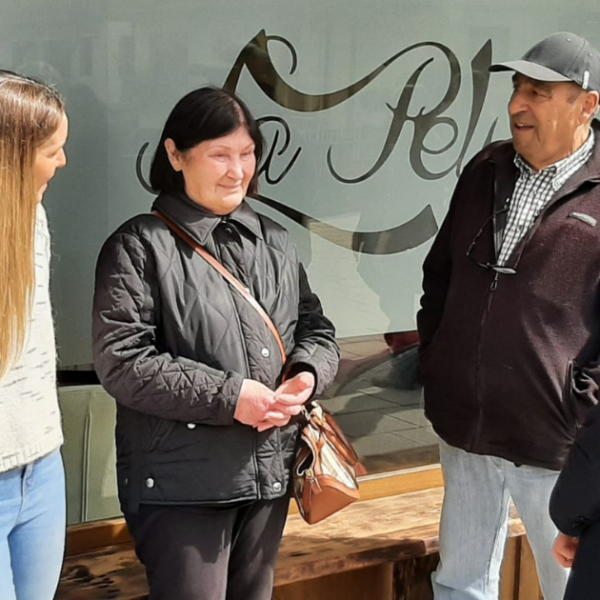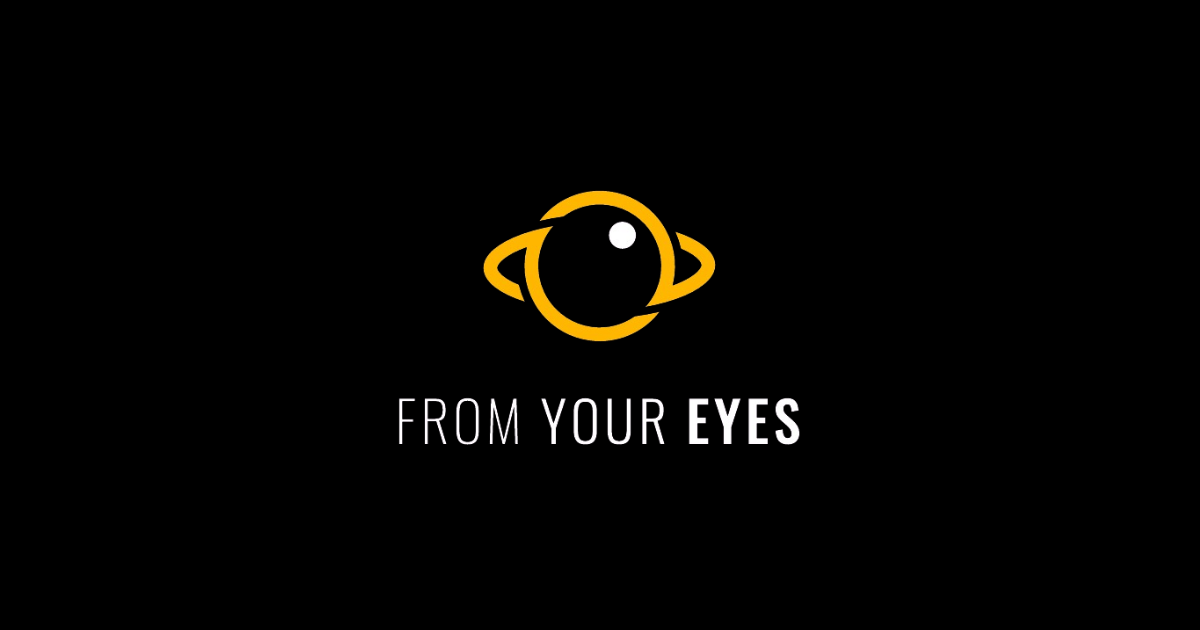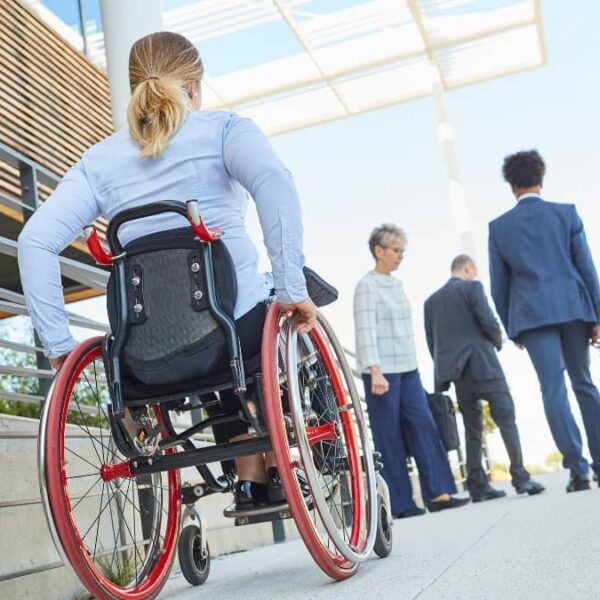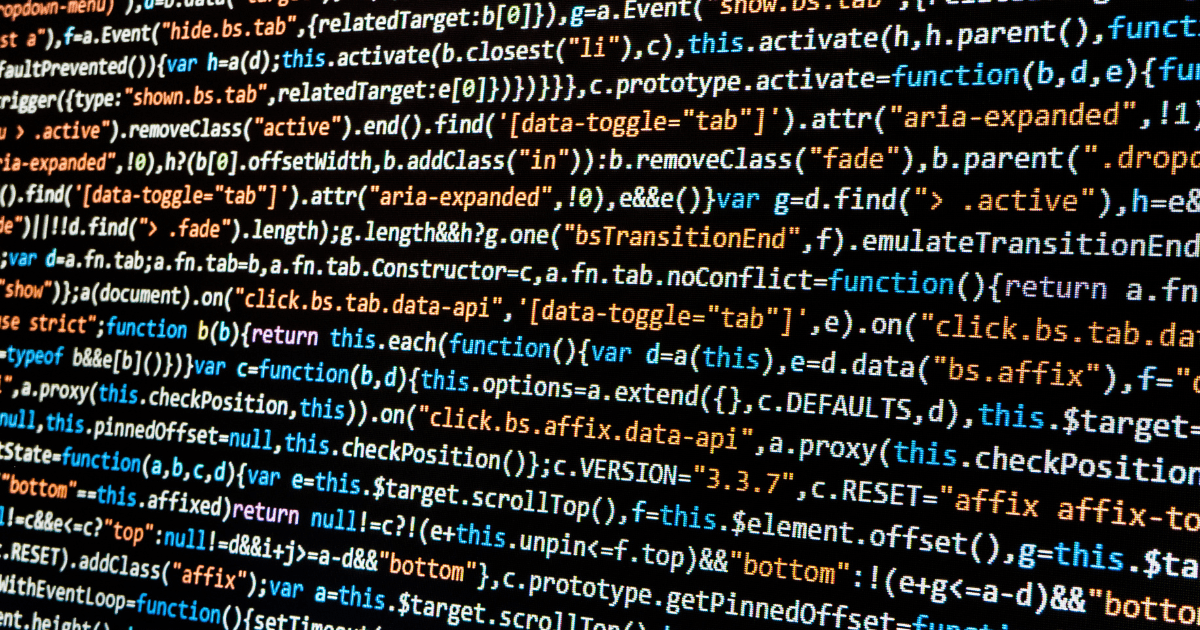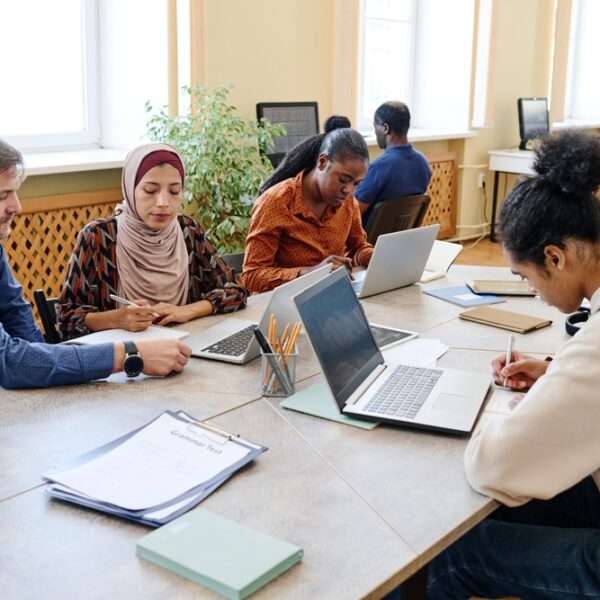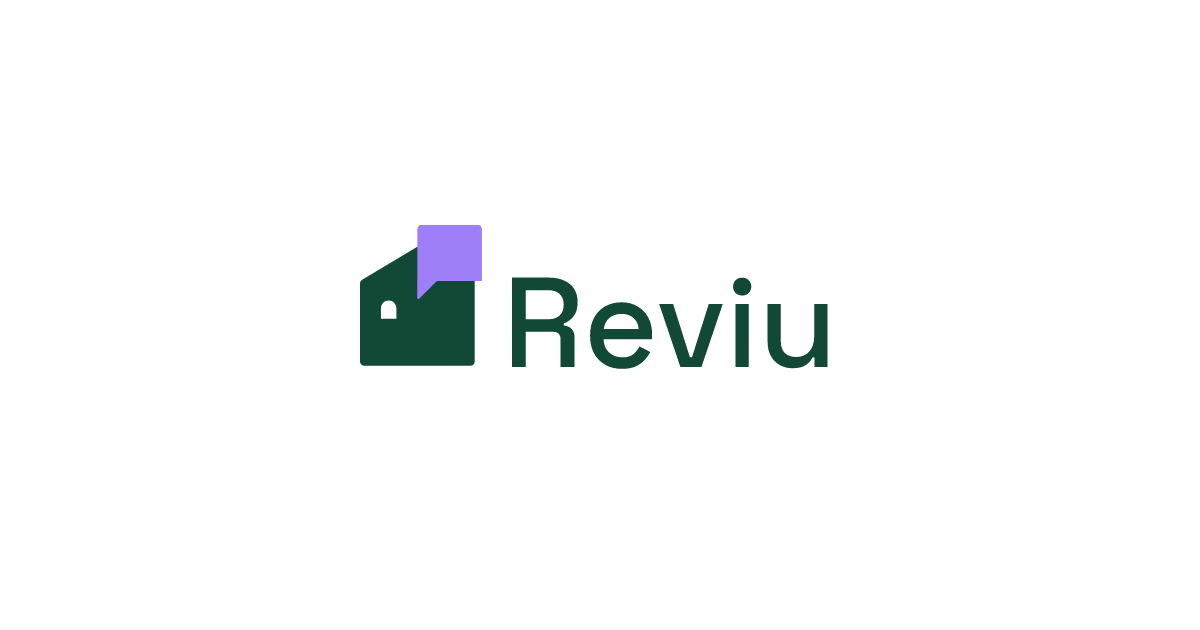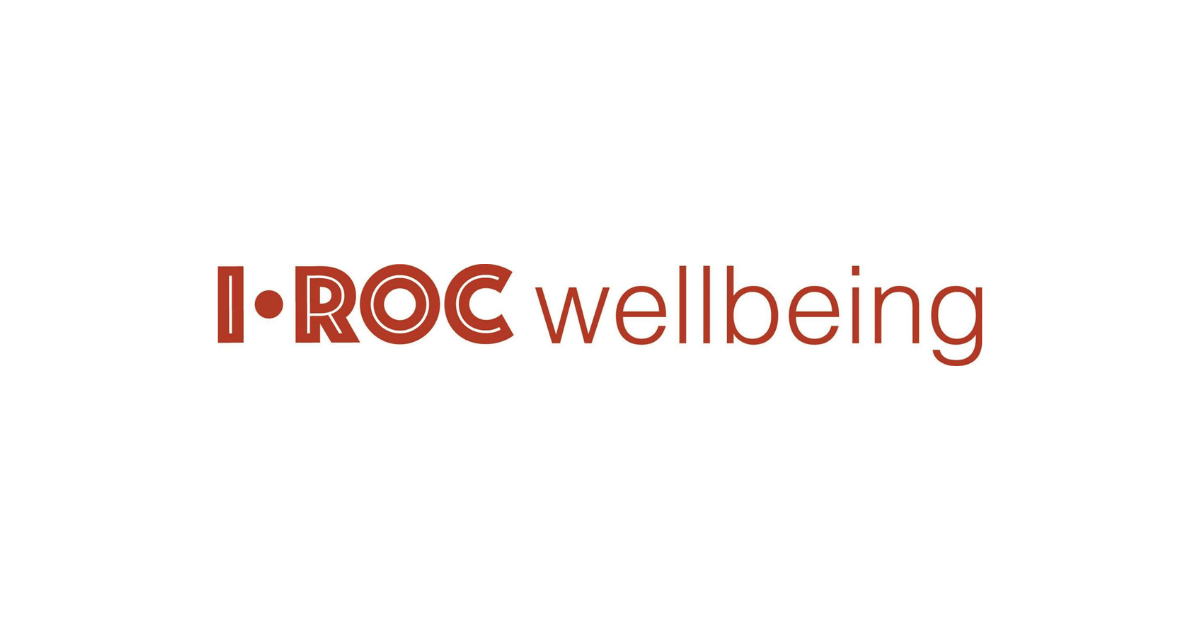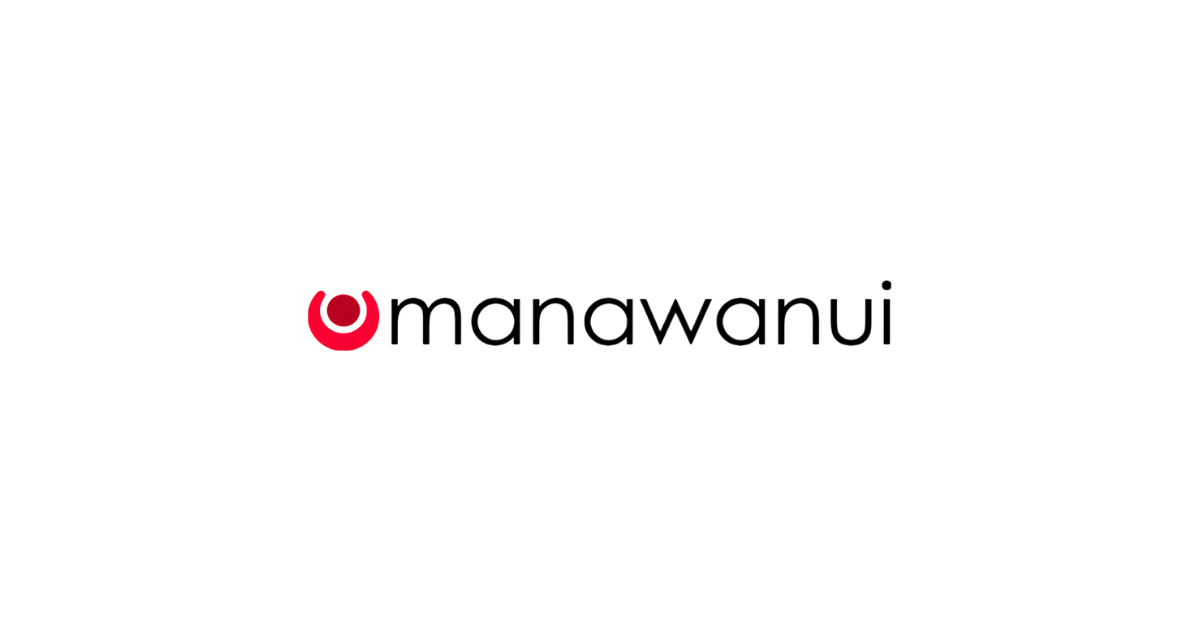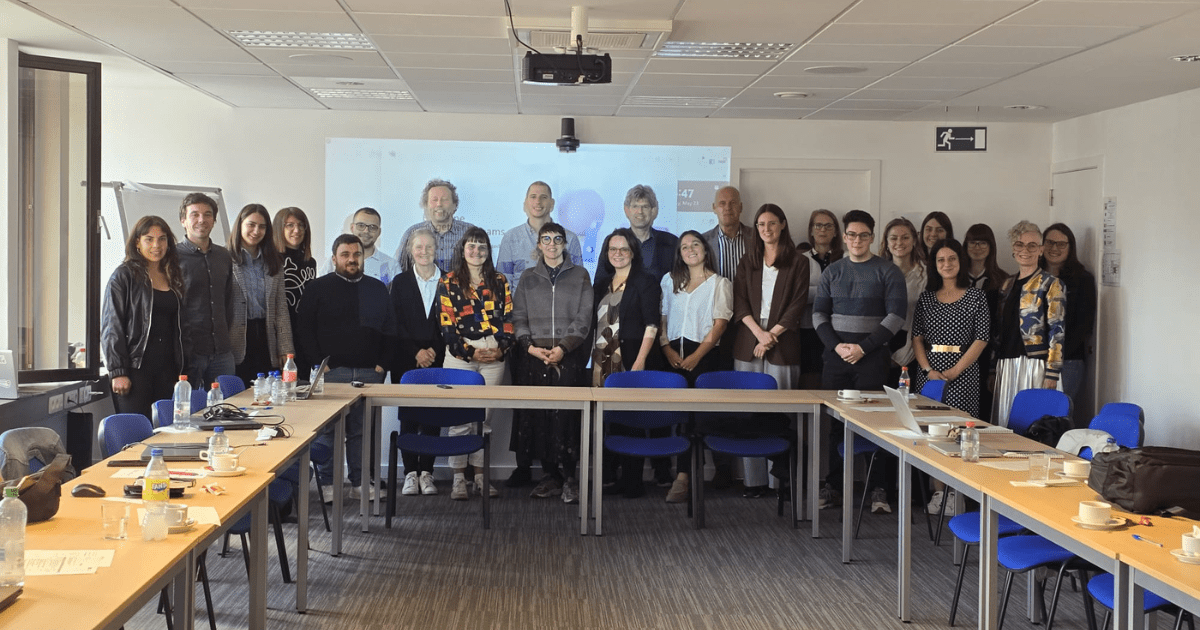According to UNICEF, it is estimated that more than 1 billion children and adolescents are victims of violence worldwide, with profound, lasting, and sometimes deadly consequences. How can social innovation be applied to child protection?
Protection of Children and Adolescents
Child protection involves preventing exploitation, abuse, harmful practices, and violence against children and adolescents (C&A), as well as taking action when any of these situations occur. This protection is recognized in the Convention on the Rights of the Child (1989) and the Sustainable Development Goals (SDGs). According to UNICEF, it is estimated that more than 1 billion C&A are victims of violence worldwide, with profound, lasting, and sometimes deadly consequences. The latest data from PAHO reveal that one in two children between the ages of two and seventeen experiences some form of violence each year. Additionally, according to Save the Children, one in two victims of sexual violence is a child. On average, these victims must recount the events four times after reporting them, and the average duration of the legal process is three years. Furthermore, seven out of ten open cases do not reach oral trial.
According to the study Vulnerability and Exclusion in Childhood, social exclusion in childhood is a multidimensional process affecting different areas, such as residential, socio-health, and relational. Additionally, this study identifies vulnerable groups at greater risk of exclusion, such as children with disabilities, those from minority ethnic groups, or those in situations of family neglect.
In this article, we will explore some innovative proposals and perspectives in the field of child protection that aim to improve the response of social services and social entities to situations of child vulnerability.
Safe spaces for child victims of sexual violence: The Barnahus Model
The Barnahus (children’s house in Icelandic) is an innovative, multidisciplinary, and inter-institutional model that coordinates criminal investigations and social services evaluations in cases of child and youth sexual abuse and violence. The integrated units, formed by specialized teams, aim to avoid the revictimization of children and adolescents and provide all necessary care in one center. The purpose is to place the victim and their well-being at the center of processes, reduce waiting times for help, and improve the efficiency and coordination of the response.
The Barnahus model prevents victims from having to go through courts, police stations, hospitals, and child services. The spaces have a welcoming and pleasant appearance that provides security, comfort, and trust to children and families. The center is open Monday to Friday, from 9 am to 7 pm, and is staffed by a multidisciplinary team, with professionals from different areas of the Administration, such as health, social services, or the judicial sector.
Originally, the National Children’s Advocacy Centre in the United States developed the Barnahus model, and Reykjavik was the first European city to implement it in 1998. In Iceland, according to Save The Children, after extending the Barnahus model throughout the country, convictions for child abuse and violence have doubled, and accusations have tripled. In Catalonia, the Generalitat started a pilot program in Tarragona in 2020, which was pioneering for the rest of Spain. After the center’s positive reception, other units have been opened in various Catalan localities, such as La Seu d’Urgell, Terrassa (both managed by Intress), Granollers (Idea Foundation), and Barcelona (FASI), among others.
Deinstitutionalization
In Spain, in 2021, there were 48,357 children and adolescents in institutionalization, according to a study by the EDI project (Deinstitutionalization Study) in collaboration with the Ministry of Social Rights, Consumer Affairs, and Agenda 2030. On the other hand, the report Deinstitutionalization of the Child and Adolescent Protection System (Síndic de Greuges, 2023) states that in Catalonia, there are 32,481 children and adolescents –2.4% of the total– who live with their families but do not receive adequate care to ensure their optimal development and well-being.
Child institutionalization is a protective administrative measure in response to a situation that poses a risk to a child within their family. As a result, the child’s custody falls to the Public Administration, and various social entities take care of them through shelters, transition apartments to adult life, or residential centers, among others. According to the Síndic de Greuges report, the child and adolescent protection system not only functions to prevent maltreatment or ensure the safety of minors once these have occurred but also works on two fundamental lines:
- Prevention: The most efficient way to protect children is through support measures for families, both materially and psychosocially, to support them in their parental functions.
- Prioritize the return of the child to their family unit: Through family support, the main objective should be to overcome the situation of neglect that led to the separation.
In this regard, the report proposes evolving from a perspective based on “separate to protect” to a system based on “prevent to protect” and “protect for return“. However, in this institutionalization process, there are rights that may conflict. The EDI considers that, when articulating the protection system, the best interests of the C&A are often not prioritized. Consequently, institutionalization leads to social, psychological, and physical marginalization and restrictions, among others. The deinstitutionalization model is a process that aims to transform services for vulnerable people, accompanying them in their daily lives and providing follow-up without centralizing care in institutions. In the case of child protection, this perspective works to move towards a system that centers children’s rights and involves families as an essential element to ensure children’s well-being, with a preventive approach.
According to the EDI, a profound cultural change is necessary to successfully implement public policies based on children’s rights. In this sense, it is essential that professionals receive specific training to promote equity, justice, and the well-being of minors, as well as create personalized care models that prioritize children’s dignity, autonomy, and development. Another key measure, as pointed out by the study, is to include ethical audits as a complement to inspection and control instruments to specify the rights that come into conflict, the desirable standards, and the management and improvement systems focused on the best interests of C&A.
Worldwide, work is also being done along these lines. In Italy, the P.I.P.P.I. program (Intervention Program for the Prevention of Institutionalization) seeks to reduce child institutionalization in vulnerable families through a set of actions that address children’s needs. For example, through intensive home care, group activities with other families, and joint work with teachers and social workers.
Similarly, the Youth and Family Office project in Austria accompanies vulnerable families during the upbringing process through flexible advice adapted to each specific case. Through an approach where children and the family are at the center, the aim is to avoid institutionalization.
On the other hand, the Scottish entity Aberlour, through the Intensive Perinatal Support Service program, works to maximize the chances that babies can safely stay with their families. The project supports mothers during pregnancy and the baby’s first year, offering assistance in preparing for the baby’s arrival home, substance abuse recovery, and family bonding, among other services.
Technological Tools
In the field of social innovation, technology enables the creation of efficient tools to address various social problems. In the case of the protection of children and adolescents at risk, numerous initiatives combine technological knowledge with a social perspective. Below, we present four innovative projects in this field:
- Rafiki (SOS Children’s Villages): Rafiki is a tool that uses artificial intelligence to support professionals caring for children and young people. It is an application that includes a digital assistant configured to answer questions in real time, with links to expand knowledge. In this way, social workers can make better decisions adapted to their context. The areas it covers are diverse, such as parenting, mental health, protection, or psychosocial support. The application has been implemented in countries such as Malawi, Nigeria, and South Africa.
- Primero (UNICEF): Primero is an open-source technology platform that collects and manages data from children in emergency migration contexts to help social workers manage data related to child protection. The tools facilitate case management, incident tracking, migrant child tracking, and family reunification.
- Kanjo (Andoain City Council): Kanjo is an application that systematically records the emotional state of adolescents through a tablet. Subsequently, an algorithm analyzes emotional patterns to detect risk cases early. The main function and objective of the program are to support children and adolescents in learning emotional management, as well as to prevent cases of risk and vulnerability.
- AFST (Allegheny County): The Allegheny Family Screening Tool (AFST) is a Big Data system that provides social services professionals with an objective assessment of risk situations in child neglect. The tool, based on algorithms capable of interrelating a large amount of data, allows cases to be detected preventively and activates social intervention protocols.
- FLAPP! (Fundació iSocial): Flapp! is a digital platform aimed at adolescents and young people aged 16 to 23 in situations of social fragility and in need of support. The application includes support tools that enhance their autonomy in the emancipation process. Among other resources, it includes a digital safe, an alarm button, and a chat that allows young people to connect with their reference professionals without either using their personal phone numbers. These tools enable social services and entities to establish a communication channel with young people and accompany them with greater guarantees.
Child protection encompasses different areas of intervention in social services, and it is important for professionals to be familiar with all of them to provide a coordinated response to the needs of children and adolescents. In this sense, the cases we have seen in this article are examples of this interdisciplinary and multifactorial approach. On the one hand, the Barnahus model improves efficiency in managing cases of child sexual abuse through coordination between various services; on the other hand, deinstitutionalization is a perspective that places children’s well-being at the center and works to prevent and reduce situations of uprooting; and finally, the different technological tools provide useful instruments to advance towards a more efficient and innovative social sector, capable of facing the new challenges of today’s society.
References
Barnahus en España. (n. d.). Children’s Rights. https://www.coe.int/es/web/children/barnahus-spain [04/06/24]
Barnahus, servei d’atenció a infants víctimes d’abusos sexuals. (February 22, 2024) Fundació iSocial. https://isocial.cat/barnahus-servei-atencio-infants-victimes-abusos-sexuals/ [04/06/24]
Estrategia de protección de la infancia. (n. d.). UNICEF. https://www.unicef.org/es/documents/estrategia-de-protecci%C3%B3n-de-la-infancia#:~:text=La%20protecci%C3%B3n%20infantil%20es%20la%20prevenci%C3%B3n%20y%20la,del%20Ni%C3%B1o%20y%20los%20Objetivos%20de%20Desarrollo%20Sostenible [04/06/2024]
Estrategia estatal de desinstitucionalización. (December 18, 2023). Estrategia estatal de desinstitucionalización. https://estrategiadesinstitucionalizacion.gob.es/ [04/06/24]
El modelo Barnahus. (n. d.). Save The Children. https://www.savethechildren.es/modelo-barnahus [04/06/24]
Emantik, servei de detecció i atenció del malestar infantil i adolescent. (April 21, 2022) Fundació iSocial. https://isocial.cat/emantik-servei-de-deteccio-i-atencio-del-malestar-infantil-i-adolescent/ [04/06/24]
Infancia y juventud. (n.d). Proyecto EDI. https://estudiodesinstitucionalizacion.gob.es/infancia-y-juventud/ [04/06/24]
Ocón, J. (November, 2006). Normativa internacional de protección de la infancia. Cuadernos de Trabajo Social. https://www.researchgate.net/publication/27591862_Normativa_internacional_de_proteccion_de_la_infancia [04/06/2024]
Picontó, T. (June 22, 2016). Fisuras en la Protección de los Derechos de la Infancia. Cuadernos Electrónicos de Filosofía del Derecho. https://zaguan.unizar.es/record/64536/files/texto_completo.pdf [04/06/2024]
Primero, plataforma digital per a la protecció de la infància en contextos migratoris (June 7, 2022). Fundació iSocial. https://isocial.cat/primero-plataforma-digital-per-a-la-proteccio-de-la-infancia-en-contextos-migratoris/ [04/06/24]
Proyecto EDI. (n.d). Estudio sobre los procesos de desinstitucionalización y transición hacia modelos de apoyo personalizados y comunitarios: Niños, niñas y adolescentes. Observatorio de la Infancia. https://www.observatoriodelainfancia.es/oia/esp/descargar.aspx?id=8553&tipo=documento [04/06/24]
Rafiki uses artificial intelligence to support child and youth care practitioners. (May 17, 2022). Sos Children’s Villages. https://www.sos-childrensvillages.org/news/rafiki-digital-care-assistant [04/06/24]
Síndic de Greuges. (November, 2023). Desinstitucionalització del sistema de protecció a la infància i l’adolescència. https://www.sindic.cat/site/unitFiles/9755/Informe%20centres%20de%20proteccio%20sencer_cat.pdf [11/06/24]
Violencia contra las niñas y los niños. (June 6, 2023). OPS/OMS | Organización Panamericana de la Salud. https://www.paho.org/es/temas/violencia-contra-ninas-ninos [04/06/24]
Vulnerabilidad y Exclusión en la Infancia. (n. d.). UNICEF España. https://www.unicef.es/publicacion/vulnerabilidad-y-exclusion-en-la-infancia [04/06/24]
